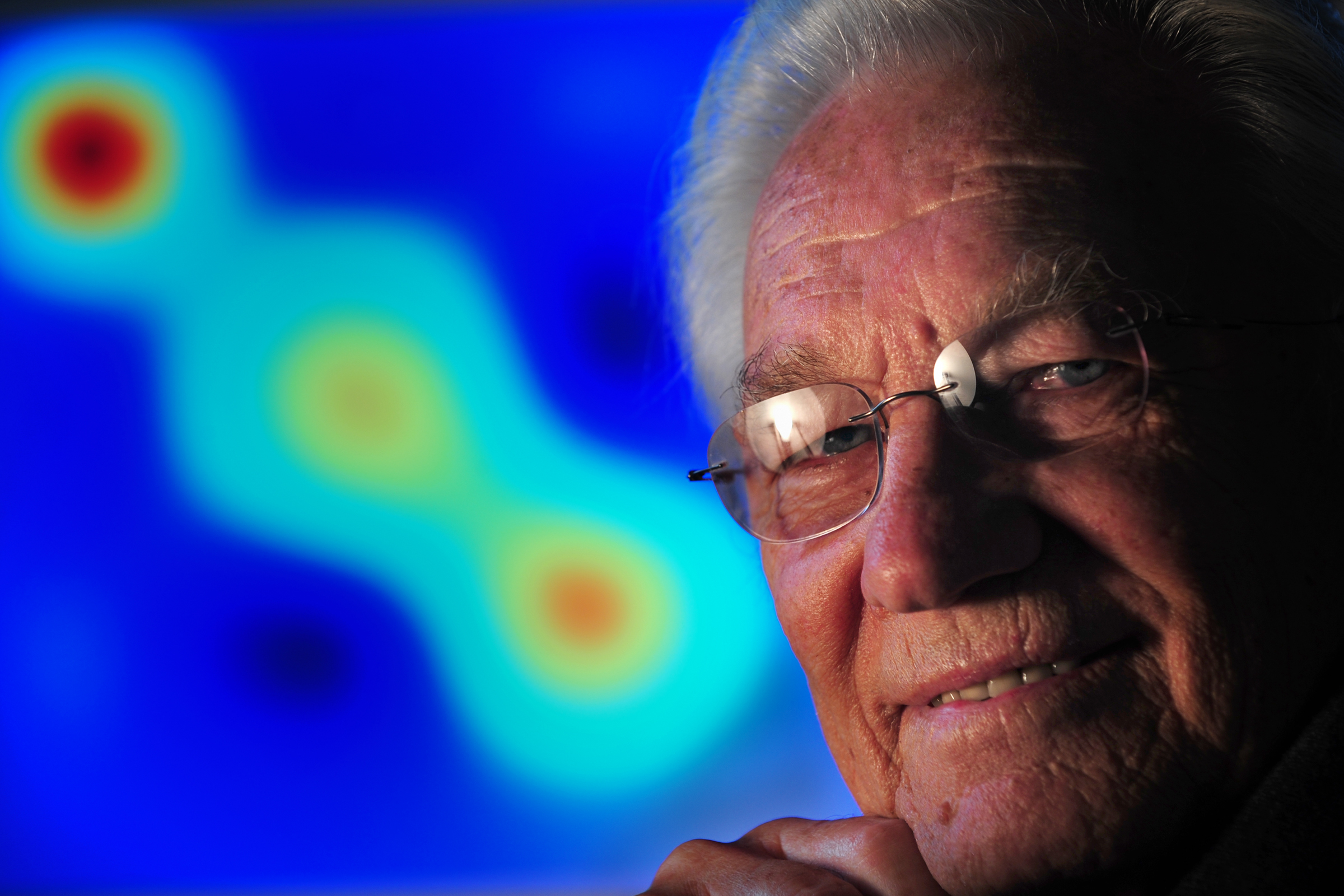A perfect match

A perfect match
- June 2, 2009
- UCI social sciences research professor A. Kimball Romney creates new mathematical model to explain how the human eye sees color
-----
 Variations in colors that we see in person and how those colors appear on TV, computers
and in other media formats is an on-going battle for printers, web designers and others
trying to reproduce perfect life-like colors.
Variations in colors that we see in person and how those colors appear on TV, computers
and in other media formats is an on-going battle for printers, web designers and others
trying to reproduce perfect life-like colors.
One of the reasons for the difficulty, says UCI social sciences research professor
A. Kimball Romney, is the absence of a precise mathematical model with the ability
to capture how the human eye perceives color, allowing for what we see in person to
be reproduced in other formats as an exact match.
In a study published in the June 1 Early Edition of the Proceedings of the National
Academy of Sciences, he presents a model to bridge this gap. Using the International
Commission on Illumination (CIE) as the standard for what a specific color should
look like, his model for how the eye perceives color results in a 99.4 percent match.
The CIE was used as a scale, he says, due to its international acceptance as the standard
for measuring luminosity - one of the key factors on which color definition is based.
"Light, and the way it is reflected off of different objects, creates the colors that
we see," he says. "When surface colors are measured physically and represented mathematically,
the resulting structure is a cone shape. The human eye, however, sees the process
as a cylindrical shape. The new model explains how the human visual system makes this
transformation from physics to human perception."
According to Romney, his is the first to address this issue in one comprehensive model.
His findings have wide ranging implications for the technology industry where advances
in color matching play a vital role in creating more life-like projections. Romney's
new model could also lead to better understanding of those with different forms of
color blindness by providing a means to predict how individuals actually perceive
colors.
His model, cleverly titled "A Method and Apparatus for Use of an Universal Color Index
(UCI)," is currently being patented by the University of California, Irvine.
The study, co-authored with Chuan-Chin Chiao, associate professor, Institute of Molecular
Medicine and Department of Life Science, National Tsing Hua University, Taiwan, is
available online at http://www.pnas.org/.
-----
Would you like to get more involved with the social sciences? Email us at communications@socsci.uci.edu to connect.
Share on:
Related News Items
- Careet RightNotes from a future professor
- Careet RightCan Opportunity Zones ever meet their poverty-fighting promise?
- Careet RightFei Yuan named one of ten global China Times Young Scholar Fellows
- Careet Right'Wired for Words: The Neural Architecture of Language,' an excerpt
- Careet RightEveryone's looking for a partner who has these 3 traits, according to research


